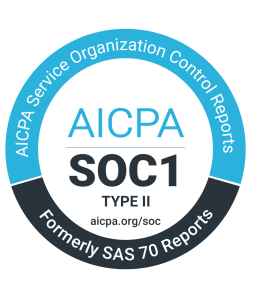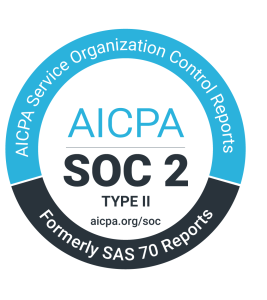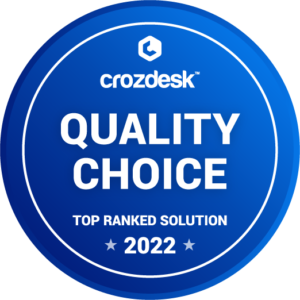There’s no doubt that cannabis delivery experienced a spike at the onset of the pandemic in 2020 as people’s general buying habits changed. But after discovering the ease and benefits of home delivery, more and more consumers found this to be the preferable option. For instance, according to Cannabiz Media, 52% of consumers surveyed in September 2020 said they use delivery for convenience. There are generally two forms of delivery model for a cannabis operator to consider — hub-based or on-demand — and it’s highly valuable to know the difference.
And now as legalization spreads, lawmakers are more and more open to the business model because a delivery operation is a much more attainable entry point — especially for cannabis equity programs — for new operators.
Hub-Based Cannabis Delivery Model
The hub model is the more predictable approach to delivery. It certainly has its logistical and operational challenges, and it does not make sense for every type of service area. For instance, if you are serving a rural area there is no reason for drivers to return to a central location to pick up every delivery (more on that later). But for operators in highly populated metropolitan areas, the hub model is the better choice because it offers more flexibility.
Such operations can define their delivery zones and set up hubs where all their product is stored, making deliveries only out of specific locations to both fulfill orders faster and save on fuel costs. The challenge there is keeping all the hubs stocked with exactly the same products, as some areas will certainly have more customers than others. This logistical challenge can be made worry-free with an intuitive delivery POS system such as that offered by BLAZE that can juggle products across multiple locations and allow for easy re-ups when stock runs low somewhere in the network.
That kind of data is extremely valuable in defining delivery zone perimeters and how many employees are needed in each location depending on popularity.
On-Demand Cannabis Delivery Model
The “ice cream truck” model centers around the idea that roving inventory creates the fastest and most accurate way of fulfilling orders. This is definitely true for rural and suburban regions where there is a lot of ground to cover but not enough demand to necessitate multiple hubs dispatching drivers across set boundaries. It might take an hour to get between delivery addresses, meaning that a return to the central hub would only add more time to the delivery while also eating up fuel and employee work hours.
One of the limitations of on-demand is inventory. Drivers will inevitably end up with different products depending on what kind of orders come through, so if something is extremely popular it might be harder to get it to a customer in a timely manner if one or more drivers run out of said product. This is a rare issue but something to be cognizant of from a customer experience standpoint.
Compliance can be trickier with the on-demand model and that’s why a smart app for drivers to record every order like the one offered by BLAZE can make this process almost an afterthought. BLAZE’s app also provides a real-time view of every driver and their location plus all the product they have to offer, making dispatch that much more intuitive and clean.



